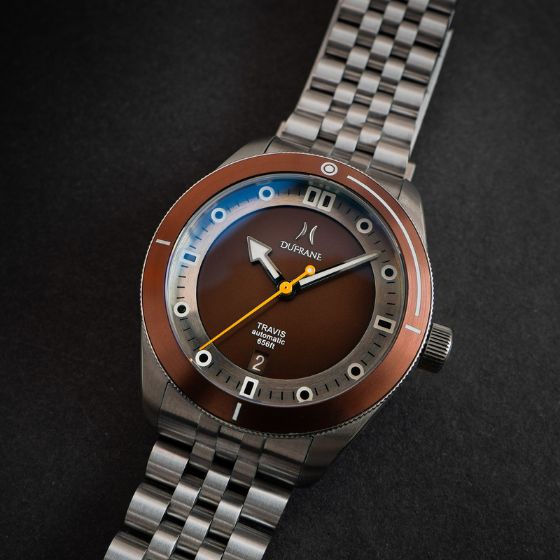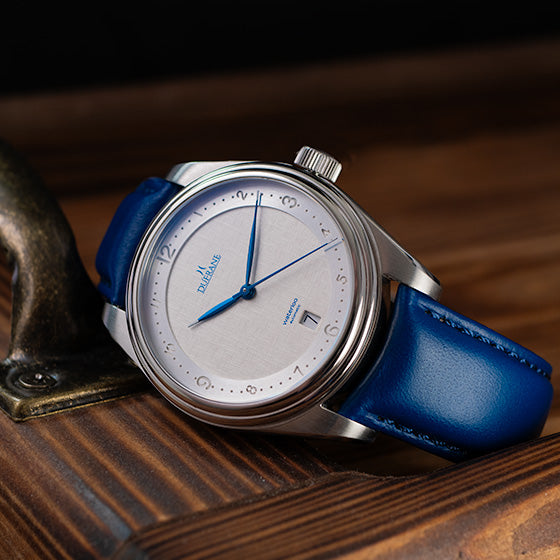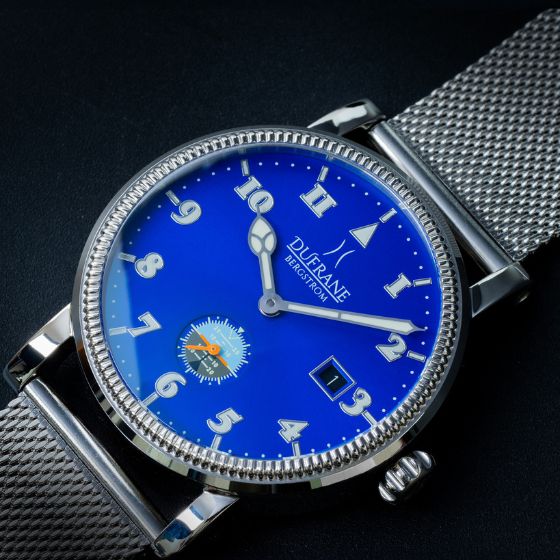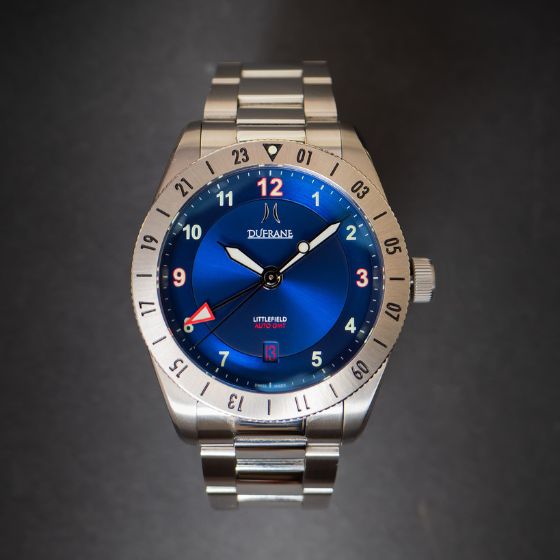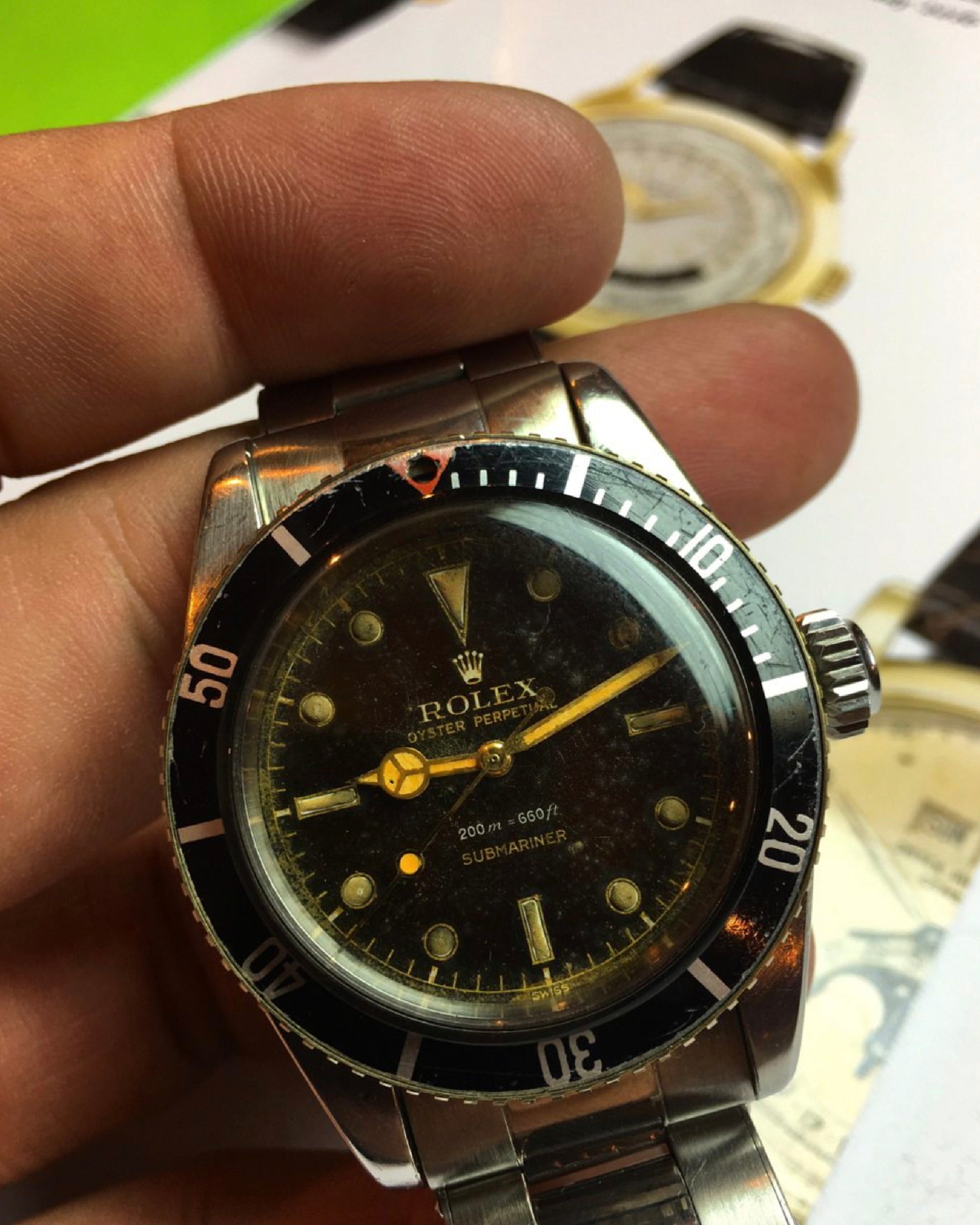I often get asked, “What’s the most important part of a watch?” This question isn’t as hard to answer as “What is your favorite watch?” Mostly because that is an impossible, Sophie’s Choice kind of question, but it’s a close second…
There are so many components to a watch, and each and every one is important. However, the general consensus usually comes down to two specific parts. 1) the dial, and 2) the movement. I’ll save the dial discussion for another day, so let’s focus on the movement. There are literally hundreds of books written on the long history of timekeeping, so this short entry isn’t meant to detail such rich history by any stretch, but rather simply to share my perspective.
Mechanical vs Quartz/Digital
To begin, let’s look at these types of movements and a brief history of each. My personal favorite is traditional mechanical movements. There are two variations of mechanical movements in watches today; either being manually (hand) wound or automatic (self-winding with an oscillating rotor). However, mechanized clocks date back to the 1300’s (water-powered clocks pre dated this ever more), really taking shape in the mid 1600’s when Christiaan Huygens perfected the pendulum clock design. But from a watch perspective, pocket watches came to life in the late 1600’s due to advancements of the hairspring (one of the many parts that make a watch tick).

(Pictured, Swiss Sellita SW330 movement)
Mass production of pocket watches began to really expand throughout the 1700/1800s, centered mostly in England. It wasn’t until the early 1900s that wristwatches evolved and formed the foundation of today’s mechanical movements.
Mechanical movements flourished until the 1970s when things changed a bit by the production of significantly less costly, yet much more accurate quartz movements. A quartz movement uses a battery to electrically charge a tiny crystal to rapidly vibrate (32,768 times per second to be exact), and a circuit board then calibrates these vibrations to regulate a specific pulse every second. Super accurate without question, and not affected by gravity, magnetism, humidity…all the gotcha’s mechanical movements have spent centuries innovating around.

(Quartz)
Add to it, it was possible to either display this perfect timekeeping in an analog way like traditional watches, or use a LCD display; hence the simultaneous arrival and popularity of digital watches at this time.
I still have my first digital watch from the early 1980’s. I have to give credit where credit is due, and it if weren’t for this amazing and mystifying liquid crystal display that mesmerized me as a child, I would probably never have gotten bitten by the horology bug.

(Pictured, Garmin digital watch)
So, back to the task at hand- what about the movement that is so important when considering a watch? Is it the accuracy, is it the user interference and maintenance (do I have to wind it, do I need to replace a battery…), is it visual/looks of a decorated movement, is it longevity, is it the number of functions it will perform, or is it history??
Here’s the thing, I don’t think there is any remote possibility of one single answer universally. It is opinion based on what each person decides is important to them and them alone. For me, I prefer a mechanical movement for the mechanics and history of it. I taught myself to completely disassemble and reassemble a movement, just because I was so fascinated that all the tiny and disparate parts worked so perfectly together (there is an average of 120 parts to a time/date only movement). But what REALLY hooked me was the fact that I am still needed for it to work (I am the power behind the mastery). That just struck a key for me, no matter how incredible the engineering was and precise the craftsmanship it takes to build a mechanical watch, it only comes to life when I powered it. I liked that. I didn’t feel replaced. Add to it, the incredible history and provenance behind watchmaking, and I was hooked. I'm was in it for the long haul.
What's the most important part of a watch? Quality, design, the dial, the movement? You tell me.

